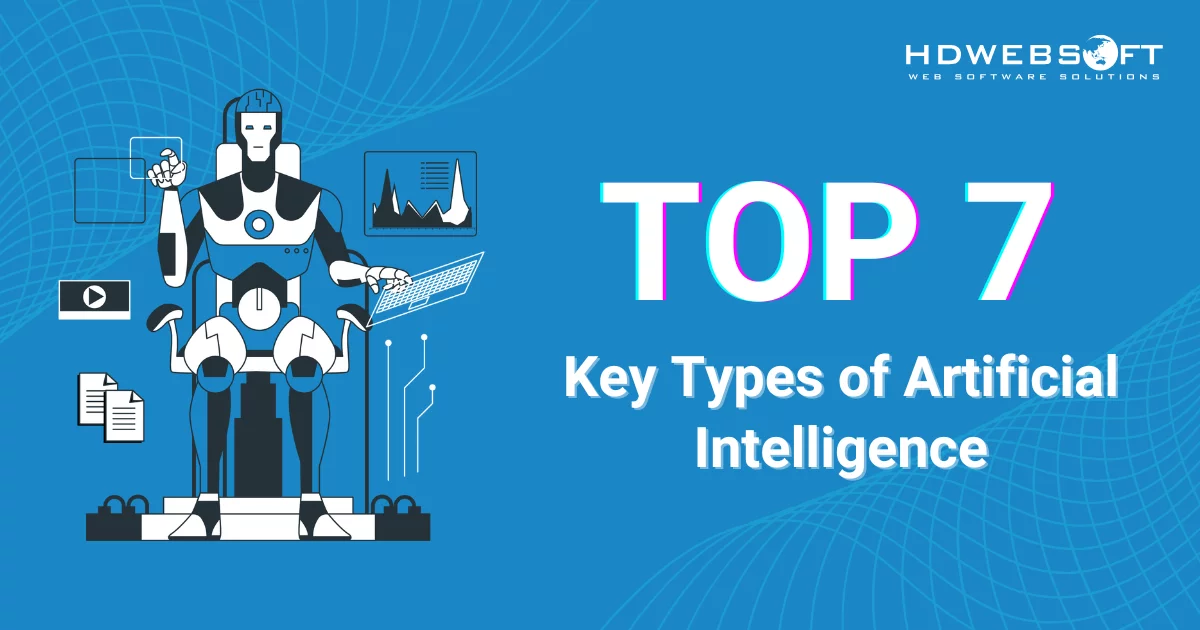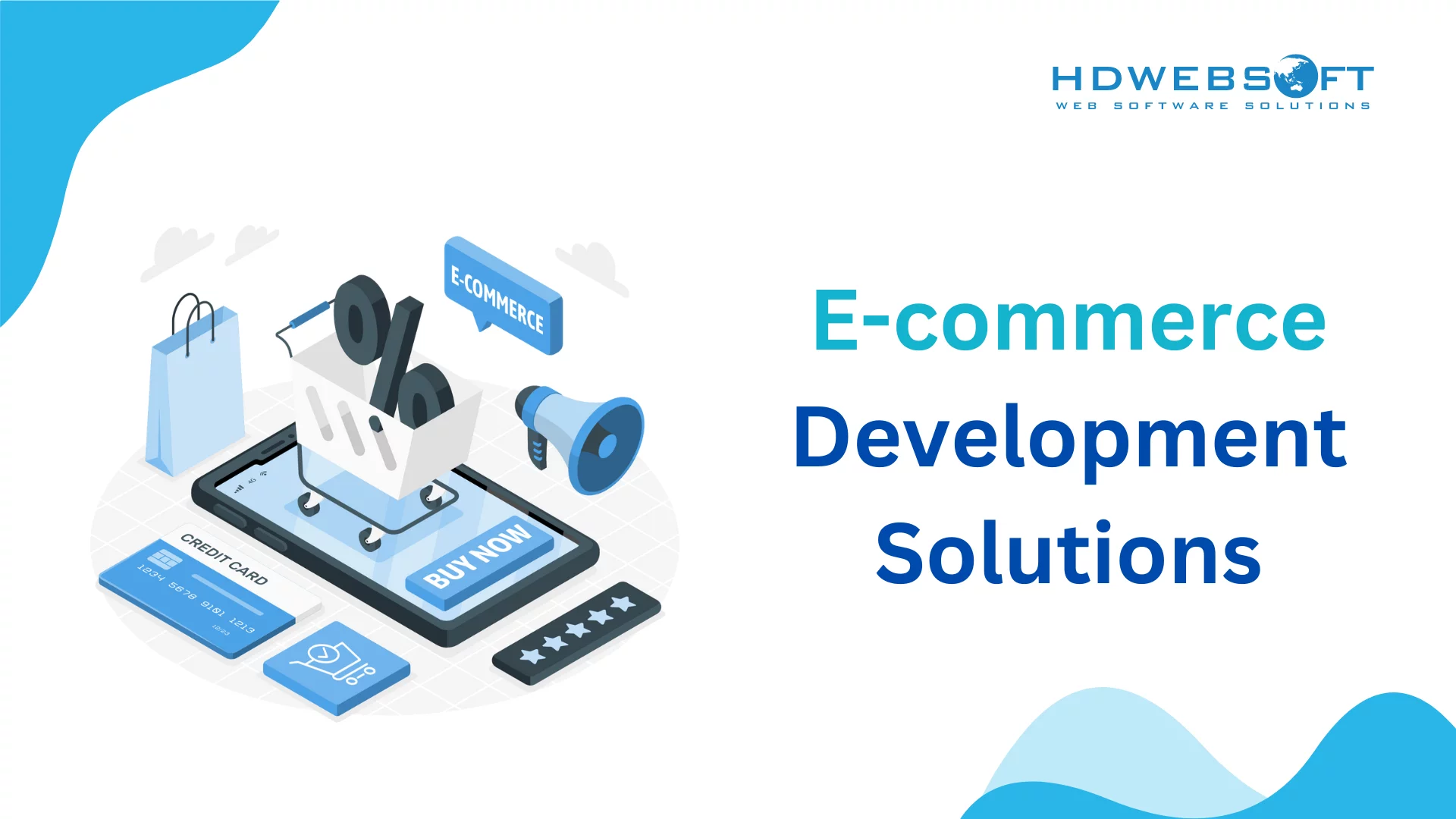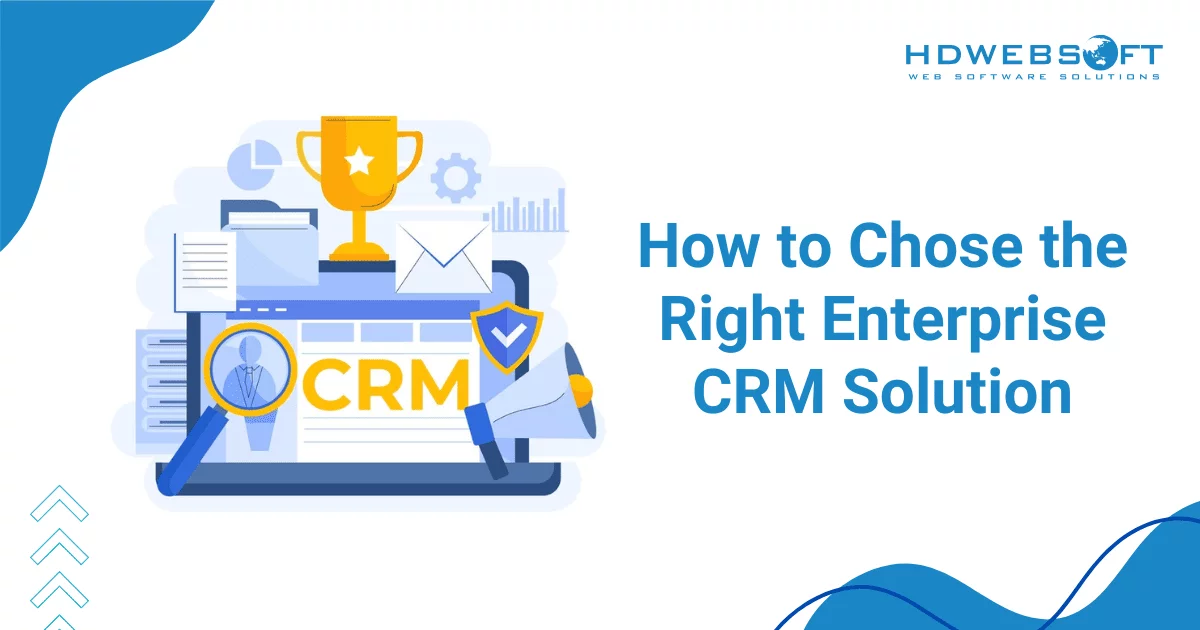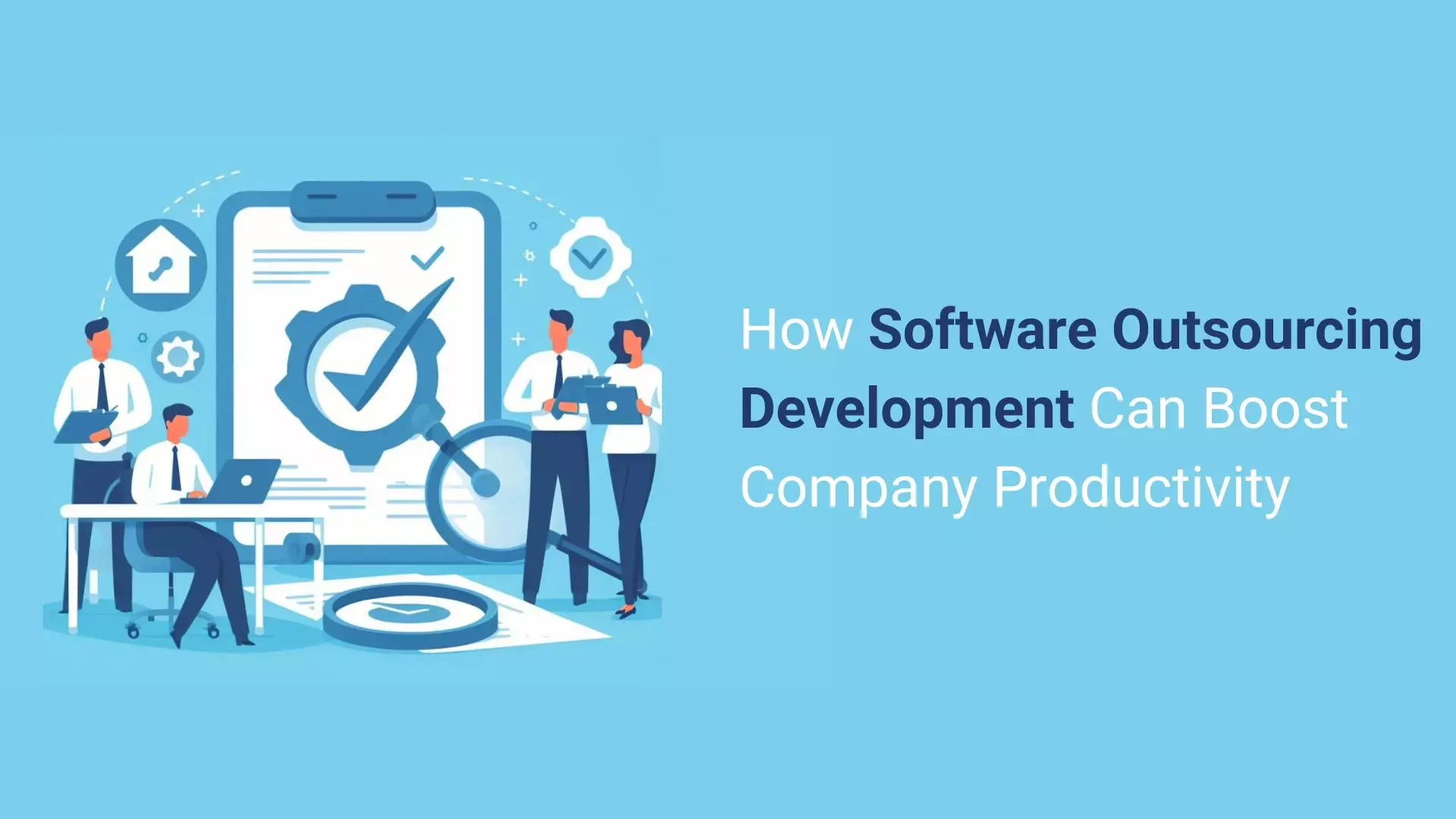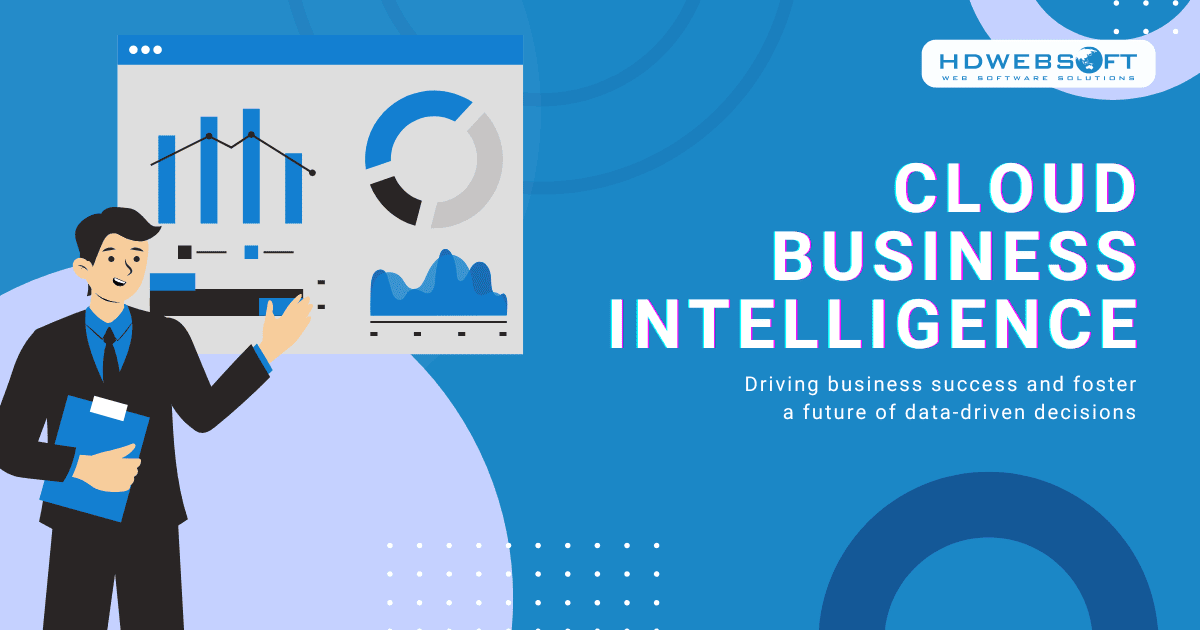
How Cloud Business Intelligence Drives Business Success
In today’s fast-paced business landscape, cloud business intelligence (BI) has emerged as a transformative force. It empowers organizations of all sizes to convert raw data into actionable insights, which is crucial for sustained growth and competitive advantage. This is achieved without the traditional complexities and costs of on-premise solutions. Hence, this paradigm shift involves leveraging cloud-based platforms, ultimately enabling better and faster decision-making across the enterprise.
The journey into cloud BI often begins with understanding the various deployment models available. Each offers distinct advantages and considerations tailored to different organizational needs and priorities.
Cloud BI Development Models
Navigating the landscape of cloud BI necessitates a clear understanding of the foundational deployment models. Each model presents a unique balance of control, cost, and scalability. Thus, the choice you make is a strategic one for any organization embarking on its data-driven journey.
In order to make it much easier to grasp the nuances discussed in the following text, we’ll provide you a table of comparison between the three models. This will give you at-a-glance understanding of the trade-offs between the different them.
Public Cloud BI
First, public cloud business intelligence represents the most prevalent and often the most accessible entry point into cloud analytics. Here, a third-party cloud service provider owns and manages all the underlying infrastructure, including servers, storage, and networking. Businesses simply subscribe to the service, accessing their BI tools and data processing capabilities over the internet.
Key Benefits
- Unparalleled Cost-Effectiveness: Organizations eliminate substantial upfront capital expenditure on hardware and software licenses, operating on a pay-as-you-go or subscription basis.
- Rapid Deployment: Setting up a new BI solution can take days, not months, accelerating time to insight.
- Elastic Scalability: Resources can be provisioned or de-provisioned almost instantaneously to match fluctuating data volumes and user demands. That way, optimal performance is ensured without over-provisioning.
- Reduced IT Overhead: The third-party provider manages the underlying infrastructure, freeing up internal IT resources.
Potential Drawbacks
However, the public cloud is not without its considerations. Potential security and compliance concerns often arise due to the shared multi-tenant environment.
While cloud business intelligence providers invest heavily in security, the shared nature of the cloud demands caution. This means that businesses must thoroughly vet their providers’ security protocols to ensure they align with internal policies and regulatory requirements.
Moreover, customization options might be more limited compared to dedicated environments. Potentially speaking, they restrict highly specialized integrations or unique architectural needs.
Ideal Use Cases
This model is ideal for small to mid-sized businesses seeking an affordable and agile BI solution. It also benefits companies with large data workloads that require elastic scaling. Additionally, it’s ideal for organizations looking to quickly test new BI initiatives or proof-of-concept projects without significant investment.
Private Cloud BI
Conversely, private cloud BI offers a dedicated computing environment exclusively for a single organization. This infrastructure can be physically located on the company’s premises or hosted by a third-party provider in a dedicated data center. The key cloud business intelligence differentiator is the isolation of resources, providing a higher degree of control and security.
Advantages
- Enhanced Security: The dedicated nature ensures greater data isolation, which is crucial for handling sensitive data.
- Stringent Regulatory Compliance: Adherence to specific compliance standards is more manageable in a controlled environment.
- Greater Control and Customization: Organizations gain extensive control over the entire BI stack, allowing for tailored configurations.
- Improved Performance: Dedicated resources can deliver superior performance for specific, resource-intensive workloads without contention.
Associated Challenges
Nevertheless, the benefits of the private cloud come at a higher cost. The initial investment in infrastructure, coupled with ongoing maintenance and operational expenses, can be substantial.
Furthermore, managing a private cloud typically requires more in-house IT expertise to set up, maintain, and troubleshoot the environment. For businesses without dedicated IT teams, outsourcing IT support can help bridge this gap and ensure reliable management. However, it’s obvious that it adds another cost to your overall budget for cloud business intelligence.
Optimal Scenarios
Therefore, this model is predominantly favored by large enterprises with significant IT budgets. They’re organizations with complex regulatory landscapes and unique performance demands that shared public cloud resources cannot adequately meet.
Hybrid Cloud BI
Lastly, the hybrid cloud BI model represents a strategic blend of both public and private cloud environments. With it, organizations can leverage the strengths of each. This approach enables businesses to deploy different parts of their BI solution across multiple clouds, optimizing for specific use cases.
Distinct Benefits
- Unparalleled Flexibility: Businesses can store sensitive data in a private cloud. Meanwhile, they can utilize the public cloud for scalable, less sensitive workloads.
- Significant Cost Optimization: This strategic partitioning balances the cost-effectiveness of the public cloud with the control of the private cloud.
- Enhanced Disaster Recovery: A well-implemented hybrid strategy can bolster business continuity plans, providing redundancy and ensuring data availability.
- Balanced Control and Scalability: It allows for a nuanced approach, combining the best aspects of both environments.
Inherent Complexities
Despite its numerous benefits, the hybrid cloud business intelligence model introduces increased complexity in management and integration. Notably, seamlessly connecting and orchestrating data flows between disparate public and private environments requires sophisticated tools and expertise.
Moreover, establishing robust data governance strategies across multiple cloud platforms becomes crucial to maintain data consistency, quality, and compliance.
Best-Fit Applications
Thus, this model is ideal for businesses that require a nuanced balance of flexibility, security, and scalability. In particular, those with diverse data needs where some data is highly sensitive and other data benefits from public cloud elasticity. For instance, a company might store customer PII in a private cloud while running large-scale marketing analytics on anonymized data in a public cloud.
Further reading: 4 Types of Data Analytics and Their Applications.
Capabilities to Look for in a Cloud Business Intelligence
Beyond the underlying infrastructure, the true power of cloud business intelligence lies in its sophisticated capabilities. These features span the entire data lifecycle, from ingestion and management to advanced analysis, visualization, and collaborative sharing.
Data Management and Integration
At the core of any effective cloud BI solution is robust data management and integration. Modern BI platforms offer seamless connectivity to a myriad of diverse data sources. They encompass on-premise databases, other cloud services, and various SaaS applications. This ensures that all relevant data, regardless of its origin, can be brought into a centralized environment for analysis.
Comprehensive Data Handling
In fact, many BI solutions incorporate powerful data warehousing capabilities, providing a structured repository optimized for analytical queries. Increasingly, they also support data lakes, which can store vast amounts of raw, unstructured, or semi-structured data. As a result, businesses gain greater flexibility to meet evolving analytical needs in the future.
Additionally, integrated ETL (Extract, Transform, Load) processes within the cloud environment automate the crucial steps of preparing data for analysis. They handle everything from cleaning and transforming raw data into a usable format to loading it into the data warehouse or lake.
Crucially, these cloud business intelligence platforms also include features for data quality and governance. Ultimately, organizations are able to maintain data accuracy, consistency, and compliance with internal policies and external regulations.
Advanced Analytics and AI/ML Integration
The evolution of cloud BI has significantly enhanced its analytical prowess, moving beyond descriptive reporting to more sophisticated insights. Business intelligence solutions now commonly offer predictive analytics, allowing businesses to forecast future trends and outcomes based on historical data. Consequently, this capability is invaluable for sales forecasting, demand planning, and risk assessment.
Deeper Insights with AI and ML
Even more advanced, prescriptive analytics goes a step further. Not only does it predict what will happen, but it also recommends specific actions to achieve desired outcomes or mitigate potential risks. This can guide decisions on inventory levels, marketing campaigns, or operational adjustments.
Plus, the emergence of NLP enables conversational cloud business intelligence. Particularly, it allows users to query data using plain language. Overall, data access is more intuitive and accessible to a broader audience within the organization.
Rich Reporting and Visualization
For insights to be impactful, they must be presented clearly and comprehensibly. Cloud BI excels in this area, offering rich reporting and visualization capabilities that transform complex data into easily digestible formats.
Users can create interactive dashboards and dynamic reports that allow for drill-downs, filtering, and personalized views. As a result, they can explore data at their own pace and level of detail.
Empowering Data Storytelling
A wide variety of data visualization types, including charts, graphs, maps, and custom infographics, help to tell compelling stories. Crucially, many cloud business intelligence platforms champion self-service BI. Business users who may not have a technical background can also create their own reports and analyze data independently. Thereby, their reliance on IT departments is reduced.
Notably, mobile accessibility is a standard feature, ensuring that critical insights are available on-the-go via smartphones and tablets. Hence, timely decision-making is accessible from anywhere.
Did you know that mobile accessibility is a requirement when building apps for Gen Z?
Collaboration and Sharing Features
Data insights are most valuable when they can be easily shared and discussed across teams. For the matter, cloud BI platforms facilitate this through robust collaboration and sharing features. Secure sharing of reports and dashboards ensures that the right information reaches the right people, with granular control over access permissions.
Fostering Data-Driven Culture
Many solutions include annotation and commenting functionalities. Cloud business intelligence allows team members to discuss specific data points, ask questions, and provide context directly within the reports. Hence, version control and audit trails ensure transparency and accountability, tracking changes made to reports and who made them.
Moreover, integration with popular communication tools streamlines the sharing process by embedding insights directly into daily workflows. As a result, it fosters a truly data-driven culture where insights are not just generated but actively utilized and discussed.
Explore how agentic process automation is shaping the future of smart workflow solutions.
Key Considerations for Adopting Cloud BI
While the benefits are compelling, successful app adoption to the cloud requires careful consideration of several critical factors. Addressing these elements proactively can mitigate potential risks and ensure the long-term success of your BI solution’s initiative.
Data Security and Compliance
Certainly, data security and compliance remain paramount concerns when moving sensitive business data to the cloud. Organizations must thoroughly understand and adhere to relevant regulatory requirements. This involves assessing how cloud business intelligence solutions handle data privacy, residency, and integrity.
Not only that, evaluating the vendor’s security certifications, encryption methods, and incident response plans is crucial. Robust access control and identity management features are crucial to ensure that only authorized personnel can access sensitive data.
Integration with Existing Systems
The effectiveness of a BI solution often hinges on its ability to seamlessly integrate with an organization’s existing systems. For example, they may include legacy databases, ERP systems, CRM systems, and other business applications.
Therefore, assessing the availability of robust APIs and pre-built connectors is vital for efficient data transfer and synchronization. Poor integration can lead to data silos, undermining comprehensive analysis.
Cost Management and ROI
While cloud BI often promises cost savings, a thorough understanding of the Total Cost of Ownership (TCO) is essential. Beyond subscription fees, account for potential hidden costs like data transfer and storage. Thus, understanding different cloud pricing models is crucial for accurate budgeting.
More importantly, establish clear metrics to measure the ROI of your cloud business intelligence implementation, quantifying benefits against expenditure.
Governance and Quality of Data
Effective data governance and quality are foundational to reliable insights. Establish clear policies for data ownership, access, and usage to ensure accountability and prevent misuse. In addition, ongoing data quality initiatives, including validation rules, cleansing processes, and regular audits, are necessary.
What’s more, master data management strategies are crucial for maintaining a single, authoritative source of truth. Thereby, your analyses are based on reliable, high-quality data.
User Adoption and Training
The most technologically advanced cloud BI solution will fail if not adopted by its intended users. Therefore, user-friendly interfaces are paramount. Make sure to provide adequate training and ongoing support.
Tip of the day: don’t just focus on tool usage but also on data literacy.
Implement robust change management strategies to encourage adoption and foster a data-driven culture where employees feel empowered to leverage BI tools.
Future Trends in Cloud Business Intelligence
The landscape of cloud business intelligence is continuously evolving, driven by advancements in AI, ML, and new architectural paradigms. Staying abreast of these trends is important to maintaining a competitive edge and maximizing the value derived from their data.
Augmented Analytics
The said trend leverages AI and machine learning to automate data preparation, insight discovery, and explanation. This accelerates analysis and uncovers hidden patterns.
Not to mention, Natural Language Generation (NLG) further enhances this by providing narrative explanations of data findings. As a result, insights are accessible to a broader audience.
Embedded BI
Next, embedded BI integrates analytical capabilities directly into operational applications and workflows. This brings insights to users where they work, eliminating context switching and making data-driven decision-making an intrinsic part of daily tasks.
Data Mesh and Data Fabric Architectures
New architectural paradigms, such as data mesh and data fabric, are gaining traction.
On one hand, data mesh advocates decentralized data ownership, treating data as a product. On the other hand, data fabric focuses on a unified data management layer that connects disparate sources.
Overall, both aim to improve data accessibility, governance, and quality for cloud business intelligence solutions.
Real-time and Streaming Analytics
The demand for immediate insights from live data streams is rapidly increasing. Real-time and streaming analytics enable processing data as it’s generated, crucial for use cases like fraud detection and IoT monitoring. Therefore, this allows for instant decisions and proactive responses to dynamic events.
Cloud-Native and Serverless BI
The trend towards cloud-native and serverless BI involves leveraging fully managed cloud services to reduce operational overhead. Cloud-native solutions are designed for cloud infrastructure, while serverless allows running analytics applications without managing servers. Resultantly, they both offer cost efficiencies and simplified infrastructure.
Conclusion
Cloud business intelligence is no longer a futuristic concept but a present-day imperative in the data-driven economy. By offering unparalleled scalability, flexibility, and advanced analytical capabilities, it empowers businesses to transform raw data into a strategic asset. Embracing these advancements will not only enhance decision-making and operational efficiency but also solidify a company’s competitive standing in an increasingly complex global marketplace.
For businesses seeking to leverage the power of cloud and AI fully, HDWEBSOFT provides comprehensive cloud software development services. Our expertise spans building robust, scalable cloud-native applications and seamlessly integrating cutting-edge AI capabilities to drive innovation and efficiency. Partner with us to transform your digital infrastructure and unlock new possibilities for growth.













